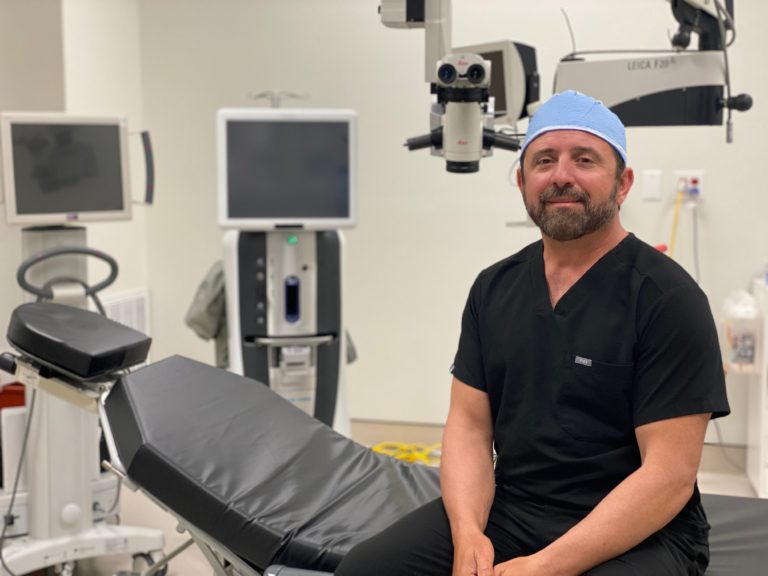Some legislators will be coming into the short session this April with an appetite to do away with North Carolina’s Certificate of Need (CON) law — one that requires medical providers to first seek permission from the state to build or expand an existing facility, and then ask their competitors.
A full phase out of the regulatory regime came up short during last year’s final budget negotiations at the General Assembly. One of the lingering sticking points, brought up by legislators committee meeting after committee meeting, is whether removing CON regulations will exacerbate the demise of rural health care. CON proponents have long argued that the law helps preserve rural infrastructure. Repealing the law, they contend, could lead to a greater concentration of health care facilities such as ambulatory surgery centers (ASCs) in more urbanized areas — ultimately attracting more rural patients and putting rural community hospitals at risk. An open market could also mean fewer community hospitals, as ASCs would siphon away lucrative service lines hospitals rely on to offset charitable care they are required to provide under federal law.
But even with the CON intact, patient outmigration trends have already taken shape. As the Harvard Business Review puts it:
These hospitals are caught in a vicious cycle: Rural patients with serious health problems are traveling to cities to seek care from medical specialists, causing revenue declines at rural hospitals and clinics, which respond by downsizing and offering fewer services, causing more patients to seek care in major urban centers.
It is therefore questionable whether CON ensures access in medically underserved areas. A new report released by the Mercatus Center suggests that CON laws do just the opposite. Some takeaways from their statistical analysis:
- States with CON programs have 30 percent fewer hospitals–and 30 percent fewer rural hospitals–than other states.
- States which apply CON laws to outpatient surgery centers (like North Carolina) have 13 percent fewer rural ambulatory service centers than other states.
The study fits with North Carolina’s current CON environment — especially when it comes to market entry for ASCs. The graph below highlights six counties representing mostly rural areas of North Carolina that do not have any existing freestanding ASCs.

The data above on outpatient surgery patient migration patterns was collected from 2014 hospital and ASC license renewal applications. These applications must be submitted annually to the Division of Health Service Regulation, an arm of the state’s Department of Health and Human Services. With this data, the Division documents a statewide inventory of the varying types of health care entities, assets, equipment, and services offered. As mentioned in my previous posts, this inventory is used to calculate what health care resources are "needed" and is published in the annual State Medical Facilities Plan. It should be noted that the number of outpatient surgery cases is self-reported.
Anson County, with a population of roughly 26,000, may not have sufficient volume to support a freestanding ASC, but it does have a high outpatient migration rate of 95 percent. A majority of these patients are forgoing care at Anson County Hospital and are seeking outpatient surgery treatment at one of the Carolinas Medical Center’s outpatient departments. Both facilities are subsidiaries of Carolinas Healthcare System, but this shift explains the phenomena that more rural hospitals are merging or being acquired by larger health systems to survive the challenges of caring for an overwhelming number of elderly and uninsured patients along with declining federal reimbursements. The North Carolina Medical Journal reports that there are just 18 independent hospitals remaining in the state — down from 24 since 2012.
Meanwhile, Onslow County’s population size of 194,000 holds promise for a viable ambulatory surgery center that could help offset its 61 percent patient migration rate to six different counties. Patients are traveling 40 miles to either the Surgery Center of Morehead City or Carteret General Hospital — both located in Carteret County. Others are traveling up to 140 miles to the University of North Carolina Medical Center in Orange County.
Patients are not just migrating to seek care because of access barriers, but also for a better bargain. To the extent that market forces can operate under CON, the Blue Cross and Blue Shield cost estimator tool tells us that policyholders living in Onslow County can undergo a cataract removal for less than half the cost at the independent surgery center in Carteret County compared to their county’s hospital.
If the market itself determines a demand for more ASCs, not only will this enhance patient access, but it can also mean lower health care costs for patients.
There you have it. Here is another way to expand access to health care.
Click here for the Health Care Update archive.
You can unsubscribe to this and all future e-mails from the John Locke Foundation by clicking the "Manage Subscriptions" button at the top of this newsletter.


